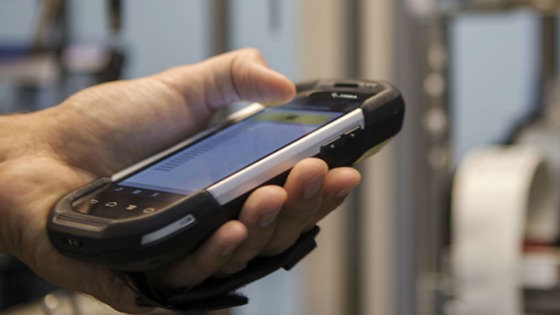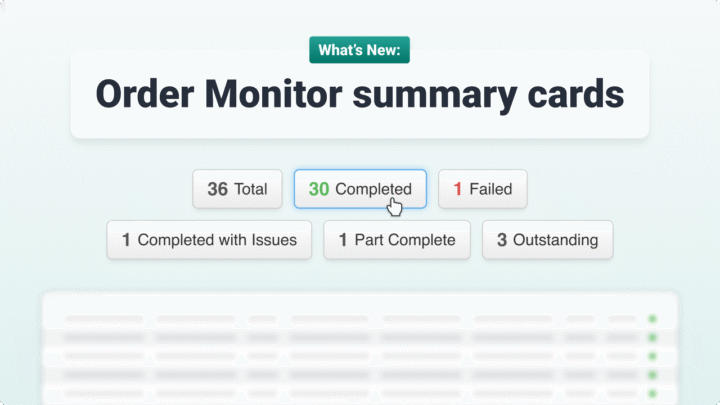Upgrading your team’s mobile devices can feel like a chore.
What kind of phone is best for delivery drivers?
Not all team members need a ruggedised device. For some, a regular commercial smartphone is perfect for the job.
But other members of your team, like your drivers, will likely need something more robust and more specialised.
Nowadays there are so many options too – different models, configurations, suppliers and operating systems can all lead to different outcomes for your team’s efficiency, accuracy, and productivity, and ultimately your bottom line.
This Infographic from our partner Zebra Technologies asks you the questions you need to answer before you can determine which device is right for your drivers (and the rest of your team).
To take a deeper dive into how the right mobile device can affect your goals, find out whether you have the right mobile device strategy in place. You can also take a look at our like-for-like comparison between the Zebra TC56, TC55, and the top consumer smartphones.
But first, take a look at the things you should consider before choosing a mobile device for your team.
Does your device need to be able to survive drops, spills, extreme temperatures, dust, and dirt?
If it will be used out on the road, in the warehouse, and during deliveries, the answer is clear. For drivers on long, multi-day runs, who rely on their device to be able to do their job, a rugged device is ideal
Will it need special features, like barcode scanning?
For most delivery drivers, a key part of their job is not about driving. being able to easily scan barcodes and take accurate electronic proof of delivery is important for productivity, and makes the customer-facing part of their role run far more smoothly.
How long does the battery need to last?
Drivers out on the road for long stretches of time need to be able to rely on their device not to run down halfway through the day, especially if the device is used heavily as part of their job.
Do you need to be able to figure out how to use it out-of-the-box?
Most businesses don’t have the time or resources to spend on lengthy training courses and disrupted deliveries. With a device that operated just like a regular, consumer smartphone, there is no extensive training required, drivers can just grab and go.
What level of security do you need, to protect the type of data you handle?
Features like secure, cloud-based information storage and the ability to remotely lock down the device are important considerations for businesses dealing with customer data.
Do you need a strong data connection on the go?
Thought STREAM will work offline, uploading all information as soon as it has a connection, lengthy periods offline are no good for your business. information cannot be communicated in real-time if it is only uploaded every couple of hours when drivers hit a WiFi hotspot, so a robust data connection is important, to keep lines of communication clear.
Do you want to have the option to centrally and remotely manage the devices for app usage, upgrades, and troubleshooting?
Remote, central device management leaves less room for error with updates, as well as allowing you to lock down distracting apps during working hours, and even lock down the entire device in the case of loss or theft.
Which support plan coverage offers you the value-for-money you’ll need, in the case of failures?
When push comes to shove and a device does break or fail, how quickly will it be fixed or replaced? And, more to the point, how long will your deliveries be delayed for, and quickly can your driver get back on the road?
How often will the device need to be replaced with the latest model?
Consumer smartphones are notorious for breaking after 18-24 months, requiring an upgrade to the latest model, whereas robust, enterprise-level devices are built to last 3+ years, with no faults.
What is the total cost of ownership for the device?
When you take into account the upfront cost, insurance or warranties, and the cost of fixing or replacing damaged devices, how much could the phone actually cost you, over its lifetime?
The full infographic from Zebra goes into much more detail about exactly what your options are, and how they could relate to the needs of your drivers. Download it here.



